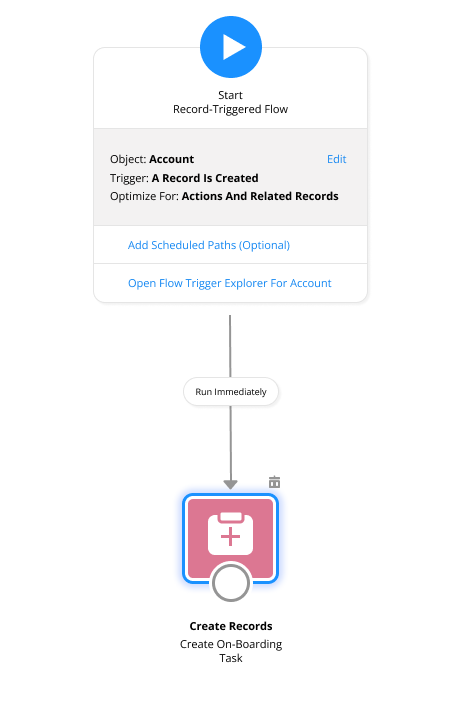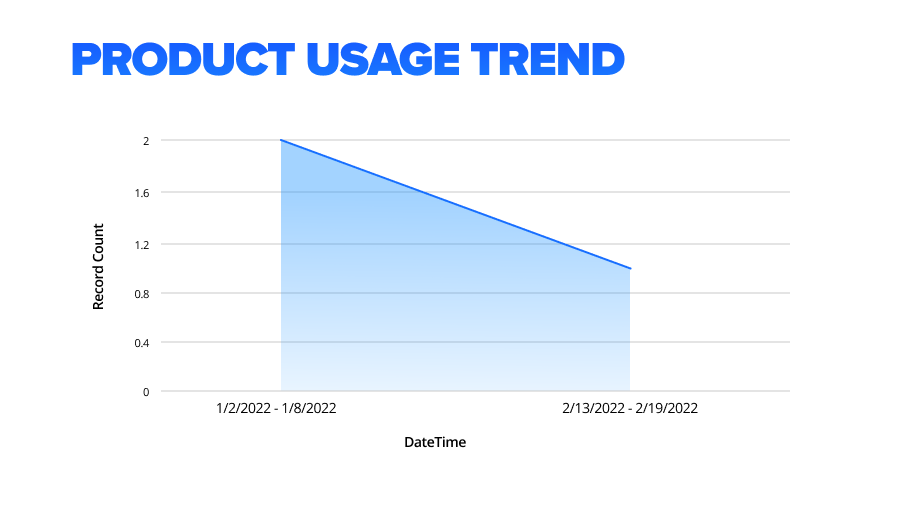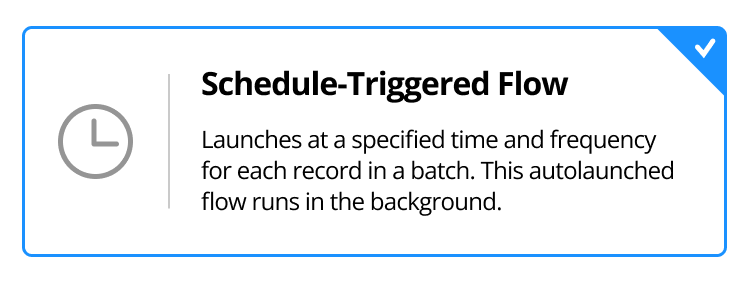
Organize Customer Success with Salesforce
Let’s say you’ve released a new product that shines on the market. Business is growing. Last quarter you got the highest revenue ever from new customer acquisitions. Sounds exciting! At the same time, it seems like high time to invest in customer success.
And no—you don’t need to create another department for this endeavor. Neither must you hire new staff, nor allocate additional funds. Here is some good news: customer success is not a department or function—it is your company’s mindset followed by every person in your company (from every individual contributor to the CEO) in every department’s daily routine (from marketing and sales to delivery and operations).
In fact, customer success is a method. You use it to make sure your customer achieves their desired outcome by using your product or service. The more value that you bring with your product to your customer’s success, the more successful your business becomes. Kind of the win-win approach you always love to get!
Moreover, a customer success roadmap doesn’t have a final stop. It’s a repetitive journey you take hand-in-hand with your customer through the entire lifecycle (we’ll talk about its different phases in a moment).
You’ve heard enough, but don’t know where to begin? Why not start by putting your customer at the center of your business with a digital-first platform? Salesforce is here to help you achieve a 360-degree view of your customers and enable you to identify what matters to them.
Let’s list some typical tasks in every customer’s journey that require implementation as part of Customer Success Management (CSM), and describe how to accomplish them with Salesforce.
How Salesforce helps evolve customer success?
1. Onboarding a customer
You have completed the sale—hooray! (Champaign, fireworks…). Sure, take that moment to celebrate and make sure you are prepared for the next step that guarantees a long-lasting customer relationship. Here is how to navigate this step:
- Create an Onboarding task for your CSM—you certainly want to give some time to your back-office team to complete the order and all the paperwork, so the customer delivery can proceed with the implementation. In a month or so it’s probably a good time to check with your customer how everything is going with the onboarding. For your smaller customers, it could require just a tech touch, but for your mid- and enterprise segment, it might be better to make it more personal.
- Use Salesforce Flow to create a task and assign it to the customer success representative from two to six weeks after you won the deal.

2. Adoption
Check with your customers about how they co-op with your product over time, and make sure you take the appropriate proactive actions to prevent churn or identify up-sell opportunities.
If you already have the tools to track how a customer interacts with your product —no problem, then. But if you are not sure how to bring this data into action, here is how Salesforce can help. Use Salesforce Connect to pull your data from an external database source to where you’re processing usage data (e.g., Heroku, Google Analytics, etc.)

Here’s an algorithm for this step:
- Create the external object with an indirect lookup relationship to your Account object (to do this, you must have the external customer ID)
- Create reports that show the product usage trends
- Edit the Account lightning page to add the report component, so your customer success representative can see the trend directly from within the Account record page

Salesforce Flow is a handy way to automate the call to action when risk is foreseen. So, if the usage is consistently below a given threshold, a task can be created for the CSM to take proactive actions.
3. Health Check
Let’s suppose that the time for a contract renewal with a high-revenue customer is approaching, but you haven’t spoken to them for a while. Why should you? The onboarding went well, adoption metrics are good, and the customer raised no complaints or incidents... (By the way, the cases raised by them are another thing that is beneficial to monitor).
So, you call the client expecting an easy renewal—and suddenly get puzzling news. The customer was acquired by another company that uses a competitor’s product, and they are unsure which option to choose, but already have a good offer on the table... If only you knew that information earlier, you could have prepared better upfront. Well, that’s where a regular Health Check can help.
Once again, Salesforce Flow comes in handy by allowing you to automatically create Health Check tasks on a defined time interval (for example, 90-180 days) and assign them to the customer success representative (for example, Account Owner).

Solving your specific challenges
These are just some hints to help you get organized and oriented when it comes to customer success. There is no one-size-fits-all solution, since every company is as different as its customers are. The most important thing, however, is to put your customer in the spotlight while delivering their best fit solution.
As we’ve seen, Salesforce is a powerful system that can significantly enhance customer experience. At the same time, this platform needs to be properly implemented to best fit your business needs.
As a Salesforce partner, SoftServe helps reach new heights of business agility with the platform. Let’s talk about how you can get all you need from Salesforce and align your business needs with its capabilities.

